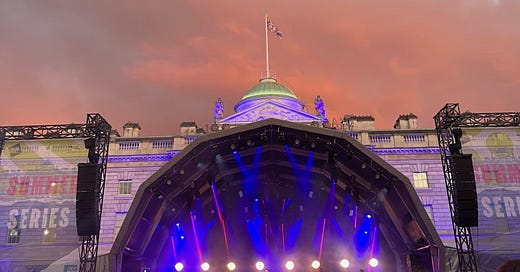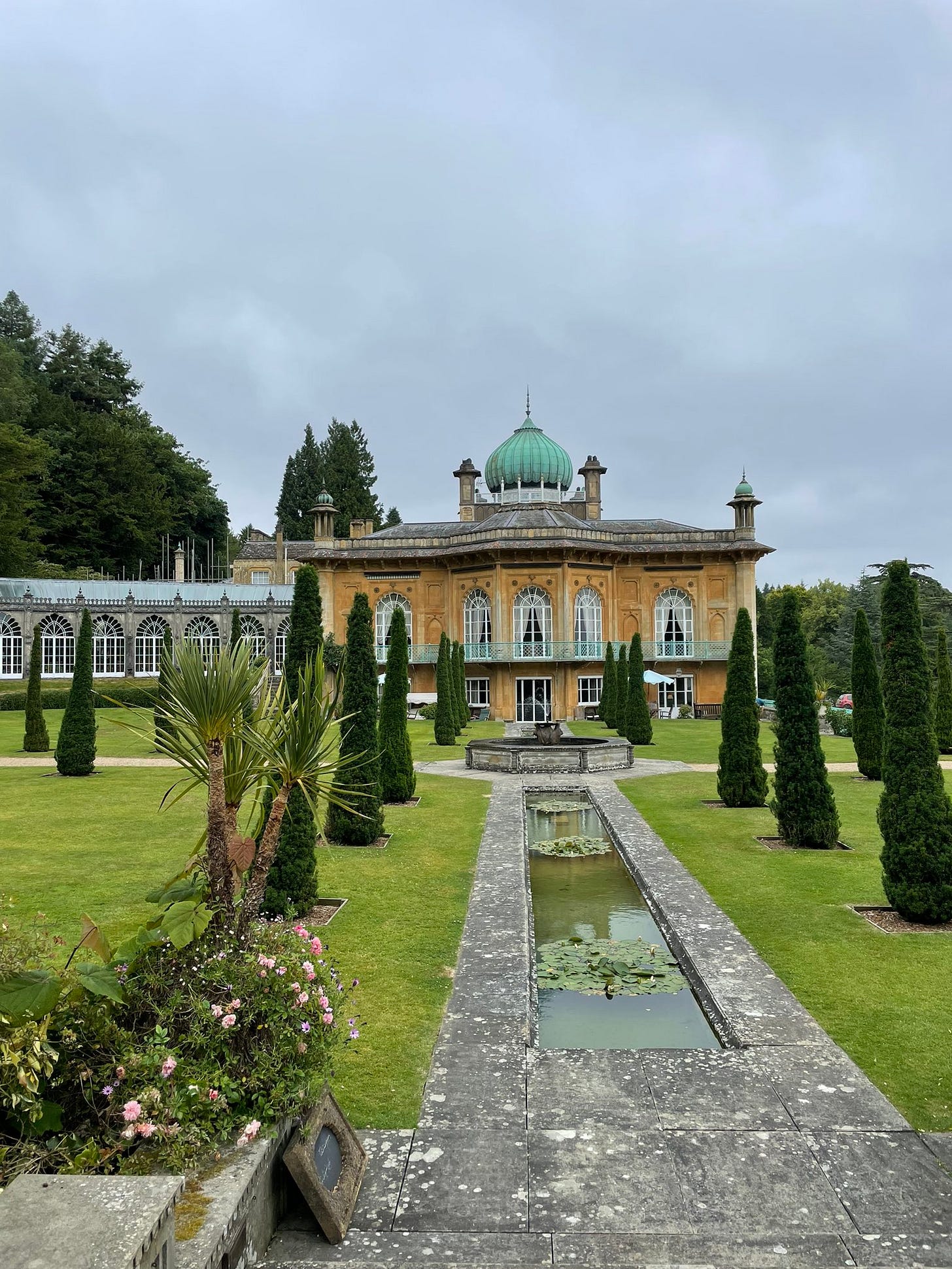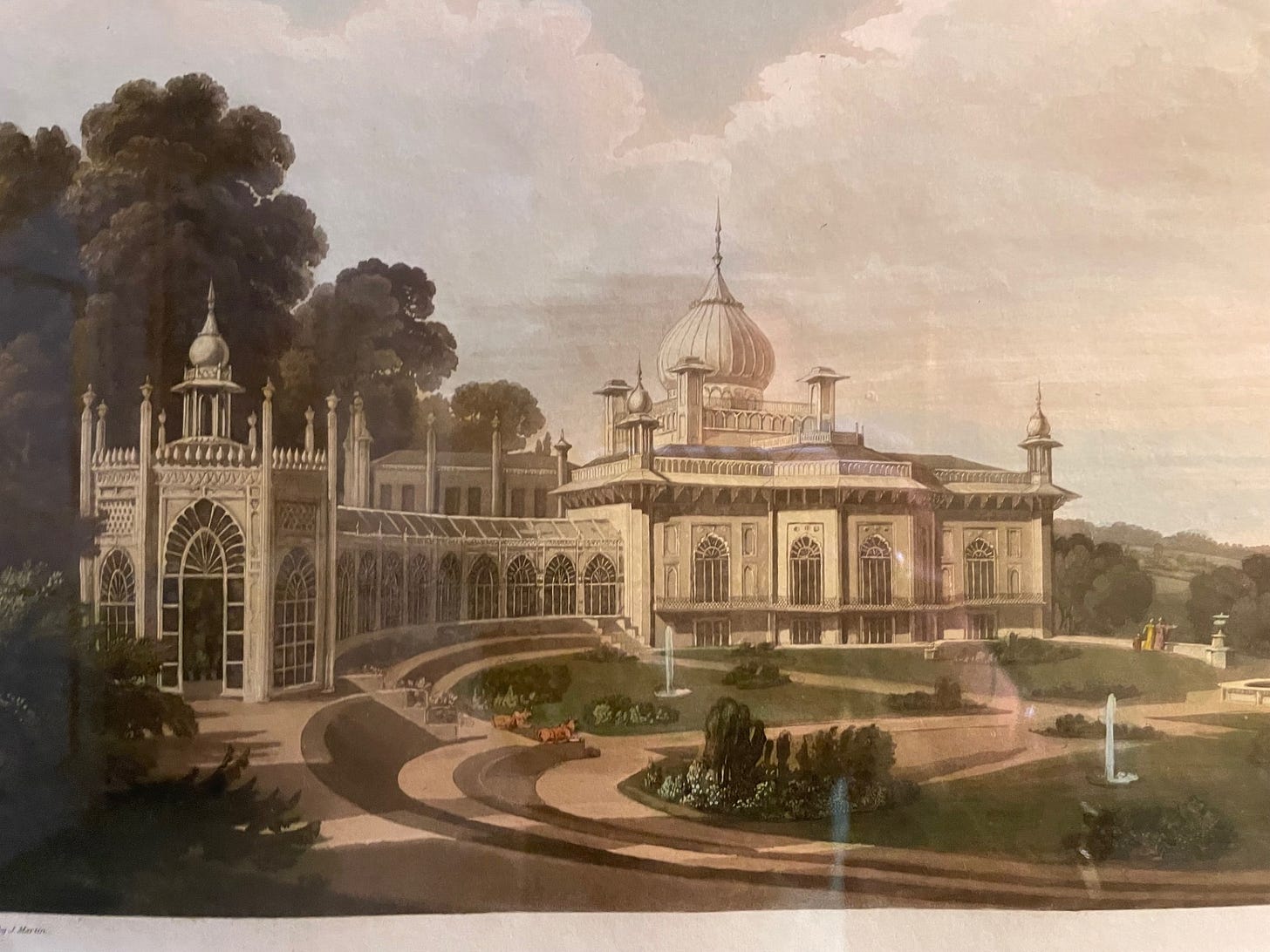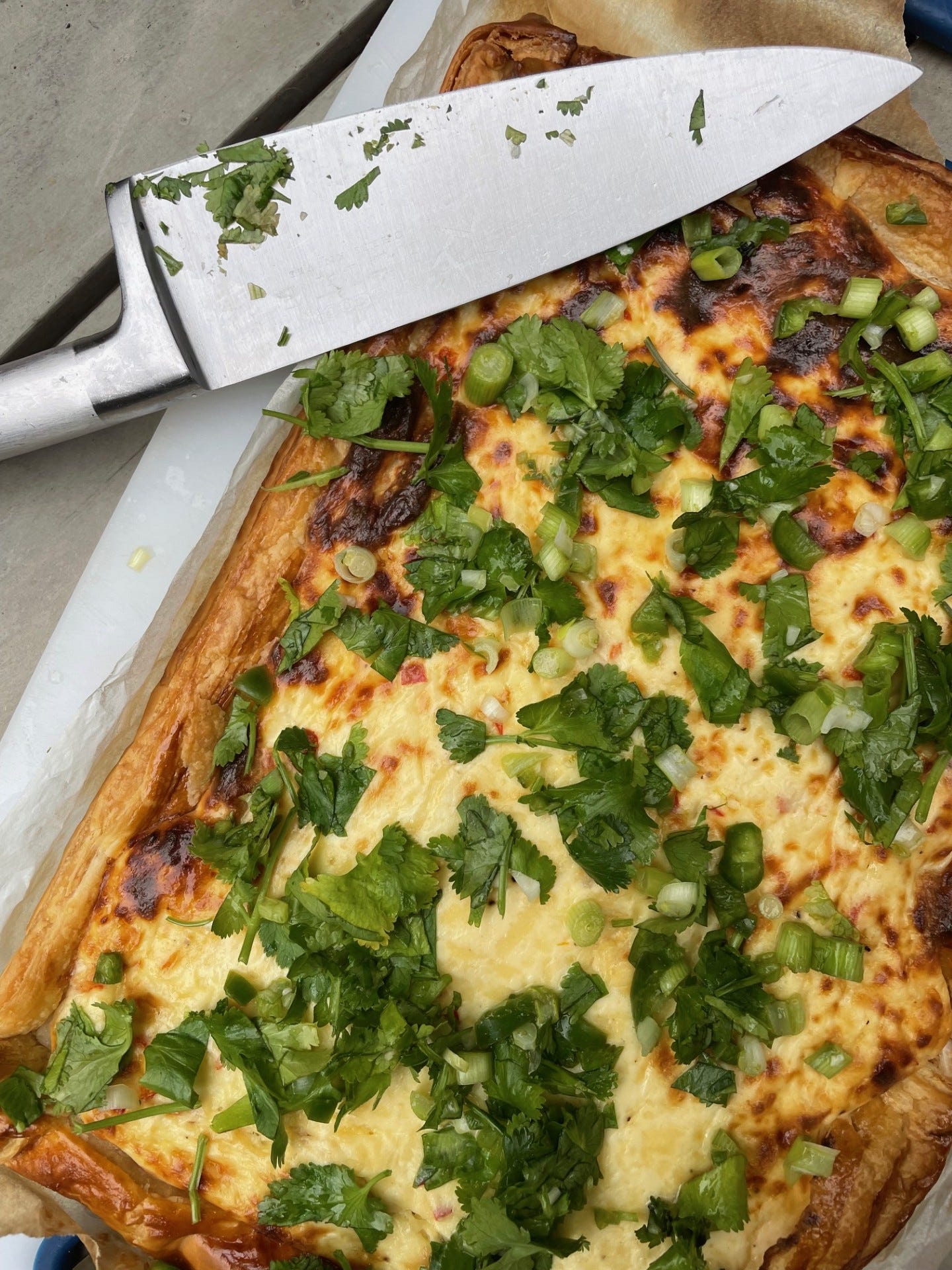This tweet accurately represents my mood. I am praying that the jet stream moves north and I can continue the summer lifestyle I prefer which involves copious amounts of lunch breaks in the sun, pre-work Serpentine swims and eating ice creams at every opportunity. In the meantime, I am (not) enjoying getting drenched at gigs, windy cycles to work and plenty of cups of tea. Please, tell me your secrets to keeping spirits high during this absolute wash out of a summer!
Books
I haven’t been so wrapped up in a book for a looooong time as I was in Shuggie Bain. Heart-breaking, beautiful, harrowing. It didn’t win the Booker for nothing! Again, feel slightly robbed of the full emotional whack by reading it over the course of a (relatively) sunny summer weekend, rather than tucked up inside in October as the rain pelts down. Ah well!
Chloe Ashby’s Second Self also stayed with me for a long time after reading. Both Chloe’s novels are gently set in the world of art - her first novel was centred around Eve, who ends up life modelling, and Cathy, the narrator in Second Self, is a conservator at the National Gallery. This one examines (amongst other things) Cathy’s mid-30s crisis over whether she’s happy with her and her partner’s decision not to have children. A really nuanced exploration of a very emotive topic. I’m dying to talk to someone about it so please, someone read it and let me know your thoughts!
Sezincote, or, a good way of introducing the Brits to Anglo-Indian relations
After a really-way-too early start, I arrived in the Cotswolds just after 8am for one of the work trips I have *most* been looking forward to. You see, Sezincote is not like other country houses. Oh no. It is a MUGHAL FANTASY PALACE nestled in the Cotswolds. Wild, huh?
And in all fairness, despite the grey weather, it really lived up to expectations. To give you a little potted history, Sezincote was created by a man named Charles Cockerell, in the early 19th century. Cockerell amassed his fortune in the East India Company - he was part of campaigns against Tipu Sultan, before turning his hand to private banking enterprises, investing newly-made EIC money and helping individuals transfer their loot back home to England.
Cockerell was certainly not the only man to make a heap of cash in India. But I think often, in our narratives of colonial history, we overlook aspects of the complex relationship individuals had with both India and England. Cockerell and his brother, John, spent much of their formative years in India. John ‘married’ (in common law, at least), an Indo-Portuguese woman named Estuarta. Both brothers clearly loved India: they perhaps just loved the profit they were making from it more.
Most nabobs (which is what the Cockerells would have been termed by their contemporaries) returned home with their ill-gotten gains, and spent it trying desperately to lose all association with India and the sub-continent. They built neo-classical or Palladian country houses, financed new careers as MPs, and generally tried to ingratiate themselves with the traditional English landed gentry. Charles Cockerell did plenty of these things - he became an MP for a rotten borough, founded the Heythrop Hunt, and entertained in style at his lavish residence on Hyde Park Corner. He just also commissioned a big old Mughal palace as his country house.
In all fairness, the designer was a man named Thomas Daniell, who had spent 9 years travelling India, studying Indian architecture and who understood Mughal architectural registers. The design he came up with is a bit unusual because this style of Mughal architecture was normally used on one-story buildings (tombs, for example), but it is grounded in an appreciation for Indian architecture. Cockerell was closely involved in parts of the design and decision-making. But no-one quite knows what inspired him to build Sezincote in quite such a flamboyant style.
I am long at peace with the fact there are some historical mysteries that we will never know the answers to. Did Cockerell think he was going to be a trend-setter? (Apparently some were convinced there was going to be a craze for Indian architecture in the UK for the rich and fashionable). Did he just really love Indian architecture? Was he longing for the surroundings he’d spent most of his adult life in? Was it a big middle finger to the establishment? Did he just simply not care - he was a self-made man who wanted what he wanted? We just don’t know.
The owners of Sezincote are delightful: they clearly really value the renewed interest in their house, as a direct result of a re-appraisal of how Britain tells the story of Empire. They’ve had all the big name historians/journalists visit them: William Dalrymple, Corinne Fowler, Sathnam Sanghera (even Nigel Biggar, he of Colonialism: A Moral Reckoning fame), and enjoyed what they’ve learnt, and what they’ve been able to share as a result of these encounters.
There’s no way you can avoid the history of the British in India at Sezincote - it stares you in the face in a very literal way. In some respects, I think it makes things quite straight-forward, provided you don’t go down a romanticised-Raj tangent. There’s a story here of exploitation and profit, and of the people involved in this who were also humans, and contradictory. They loved India, and they loved the money they made from India - how do you separate the two? Maybe you don’t. Maybe you acknowledge that people are messy and illogical and can hold two contradictory or conflicting emotions at once.
I sometimes despair at some of the cack-handed attempts to do ‘contested history’, shoe-horning references of empire into narratives which don’t need or want them. Houses and collections should tell interesting, rich histories of both their inhabitants and contents, but virtue signalling isn’t helpful or useful, and it often ends up at best confusing, and at worst angering people. The history of empire is the history of Britain, and it crops up in almost everything - but finding the right places to weave it in makes all the difference.
We are all, in modern Britain, complicit in systems of capitalist oppression. We want our cheap smartphones, our 99p clothes, our fast food - and all of this comes at a price, which is paid by the billions of people who live in poverty, work in inhumane conditions for pittance, and whose homes are already under threat from climate change. When our histories are written, will this be the thread that historians pull out of these decades? Maybe. And perhaps rightfully so. But if you’re telling a place-based narrative, weaving in the geo-politics of capitalism and oppression has to be done skilfully and cleverly. Ultimately, it has to add a new layer to the narrative of place, a new richness for visitors. You cannot hope to tell the full story of these complex phenomenon (the British Empire spanned over 1/4 of the world’s land mass at its peak) in a small museum - so the story you’re telling has to be laser-focused and hyper-relevant.
So, long story short - Sezincote is a story which hinges on global geo-politics MUCH more than it hinges on the local history of the Cotswolds. And that’s SO refreshing. So too, for example, is the story at Harewood House. So too is the Benjamin Franklin House. There are fascinating stories to be told about the global economy at so many houses, and I beg curators to tell more of them. And tell them well! And stop jumping on the reactive bandwagon and making bad (at best) / problematic (at worst) efforts to shoehorn in references to the existence of the British Empire when they’re not relevant.
Last but not least… things I have enjoyed in London recently:
- Kiss Me, Kate: utterly baffling plot, unparalleled fun.
- Hadestown: Hades in a double-breasted pinstripe suit can drag me down to the Underworld any time.
- Slave Play: a knotty, provocative 2 hours about desire, power and race. Be ready for an unsettling watch.
- Cafe Cecilia’s deep fried bread and butter pudding with cold custard. Sublime.
- Cheese and pickled green chilli tart, eaten by the slice on a Sunday evening;
- The coal roasted leeks with pistachio romesco at Acme Fire Cult;
- Gerhard Richter’s Cage paintings at Tate Modern;
- As many frozen margaritas as I can get my hands on (despite the abysmal weather);
See you next time!







